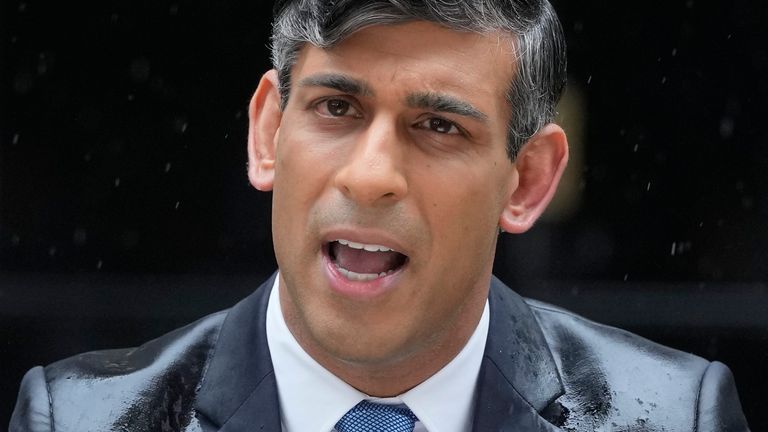The surprise election announcement made for a sluggish start to the campaign in most ways.
But the speed of digital meant the online campaign was up and running in minutes – in fact, as we’ll see, the shadow campaign was already being waged.
Every election, we talk about it being the biggest digital election. That’s not untrue. With five years between each vote, platforms move on – last time, TikTok was not the behemoth it is now, for example.
But this is different, for a very old-fashioned reason: money. Lots of it.
First, though, the launches. Despite being in ostensible control, the Conservative effort was lacklustre.
Compare that to Labour, which put this slick video out within minutes.
The lacklustre nature of the Tory launch was surprising, to say the least.
“This is borderline negligent for a modern digital campaign where the first 24 hours are a real opportunity to create some momentum,” Sam Jeffers, executive director of Who Targets Me, which tracks digital political advertising, tells Sky News.
He points out how slick equivalent launches by Democrat candidates in the US are in comparison.
General election latest: Sunak asks ‘who do you trust?’
“As it stands, only one of the parties appeared to be ready for the digital campaign, and it wasn’t the one who had control of the timetable. There’s time for the Conservatives to fix this, but not a lot of it.”
The weak Conservative launch also meant that their message was swamped by memes instead, like this:
A little later the Tories had got their act together to some extent.
The nature of digital means you can see strategies evolving almost in real time.
Back to the money.
Spending limits have been raised – almost doubled in fact, from £19.5 million to £35 million.
Only so much of that can really be spent on old-school campaigning, because that infrastructure is limited more by organisational ability – the number of volunteers and door knockers.
But you can pour it into digital, very easily. And it seems to be happening already.
Digital spend well under way
“In 2019, we saw over £10m spent on Google and Facebook during the election campaign, but since January we’ve already seen just under £5m spent on Meta advertising alone – and that’s before the campaign had even kicked off,” says Kate Dommett, professor of digital politics at the University of Sheffield.
Professor Dommett says that campaigns will combine that sort of paid advertising with other methods, especially new tools to combine digital and online campaigning.
And that’s before we get to influencers and other new ways of reaching a consumer audience that is the most fragmented it’s ever been.
“What is likely is that we’ll see parties from across the spectrum try and reach out in newer ways than ever before,” says Professor Dommett, “Using WhatsApp messages, unskippable online advertising, social media influencers, and their own multi-media posts alongside the now familiar doorstep conversations, leaflets and public events.”
You could avoid previous elections by not turning on the TV or radio.
This time though, if you have a phone, there will be no escape. Welcome to the unskippable election.
Digital is the vital campaign battleground – and I’ll be surveying it carefully over the next six weeks.
